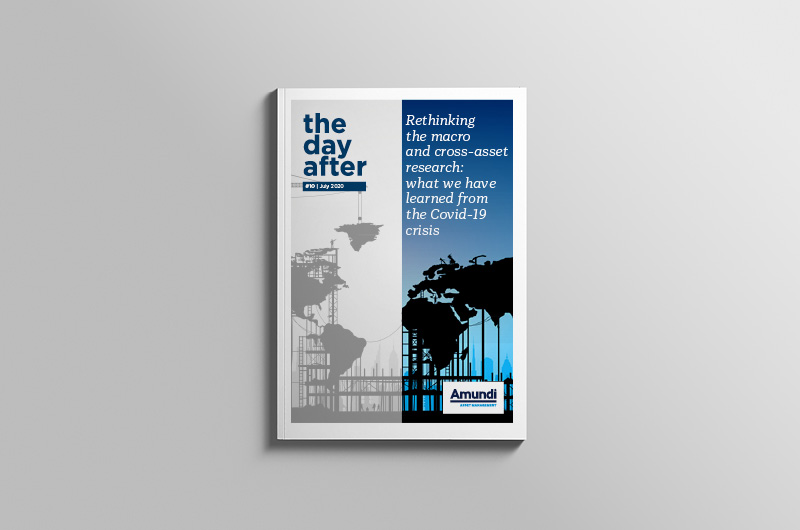What if?
Portfolio construction is a function of possibilities. Equity versus fixed income is the obvious; equity the potential of capital growth, and fixed income the promise of low-yet-secure returns. You can test returns based on evidence from whatever historic time frame you care to choose to prove the point. Click and drag the forecast, QED, quod erat demonstrandum, a fancy way to show off you just logically proved something.
If you peruse asset allocation methodology, it will reference sensitivity testing as well as scenario tests. The former is the methodical dependent variables reaction to another variable. For example, the impact on profit margin to revenue growth, duration or default in credit etc. This also incorporates the valuation of assets classes compared to history or metrics such as the risk premium. Typically, cut-and-dried statistical correlations and attribution.
Scenarios are much more fun, but less reliable and replete with vague assertions on potential outcomes.
Today that is obvious in the trajectory for COVID-19, the ramifications for economies and the divergence in what that means for investment assets. Assume V, W, L, U or whatever shape economic growth will take, then debate the result for spending, debt and fiscal policy, turn that into earnings growth or balance sheets and then dust the result with some valuation magic. Any number of outcomes are possible.
Another pandemic is but one possible scenario. Cybersecurity is more than just background noise. A bad actor could cause a major disruption to online activity, corporate interaction or interfere with utilities. The Economist (27th June edition) has a brief on catastrophic risks, noting that events such as geo-magnetic storms, volcanic eruptions, tsunamis and earthquakes are more probable than many would think.
Imagine creating a portfolio that accounts for any of these, never mind the possible reaction of all parts of economic, government and financial market behaviour that could ensue. Some form of electronic outage – be it from a geodynamic event or a malicious entity – would likely do more harm than COVID-19.
To bring this to a portfolio, throw in a number. Let’s say this has a 5% probability in the next ten years though it could just as easily be 10%, 1% or 20%. Calibrate the vast range of outcomes. Then consider what to do in an investment portfolio designed to capture the desired outcome. How do we allow for such great uncertainties?
Generally, we amplify risks. Buying toilet paper, flour or rice when we have enough for weeks is a classic case. The chances of these products becoming unavailable are measurably low, yet we react as if this is a highly probable scenario.
We tend to over-accentuate what might happen in the foreseeable future. Inflation due to monetary policy by way of example. Many want to incorporate such an outcome even though the evidence is yet far from clear.
Large-scale new events such as COVID-19 result in heightened anxiety on the next possible one, as if it had now been brought forward.
Debating scenarios has its merits and provides comfort that one has considered a range of possibilities. Yet rarely does this find its way into a confirmed investment proposition. Most investors don’t have the fortitude to see through the long-term uncertainties that abound, nor can one construct a portfolio that sensibly captures these events.
Time is more productively spent on what is influencing investment assets and the construction of the portfolio. Within that, a practical, albeit imperfect approach would be to include positions that may benefit from identified scenarios. Healthcare has been the obvious this time, cybersecurity corporations or industrial companies at the leading edge of energy systems may be cover other options. Strategies that use hedges or are relative trades could work. But an over-arching defence against unknowns is a pipe dream.









